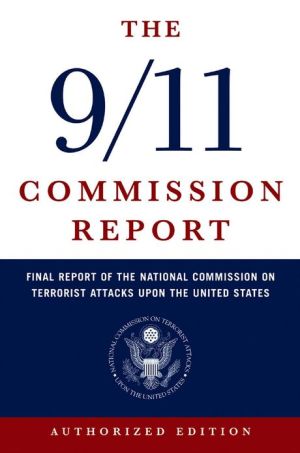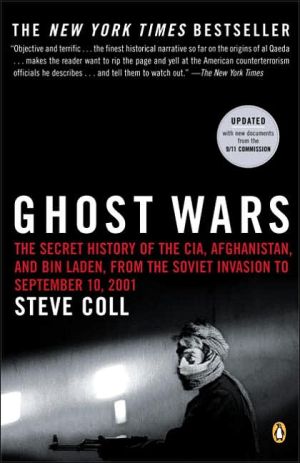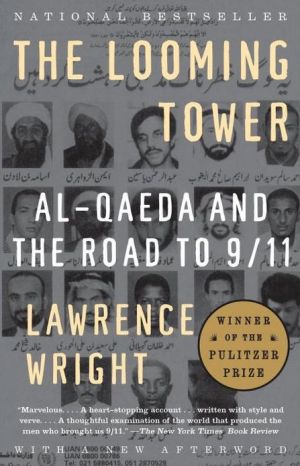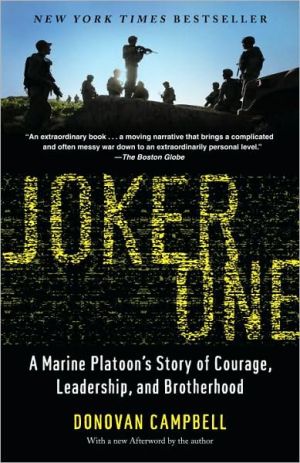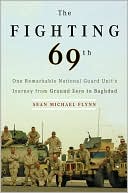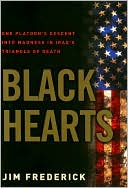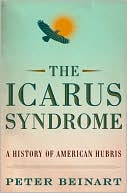The 9/11 Commission Report: The Final Report of the National Commission on Terrorist Attacks upon the United States (Authorized Edition)
Nearly three thousand people died in the terrorist attacks of September 11, 2001. In Lower Manhattan, on a field in Pennsylvania, and along the banks of the Potomoc, the United States suffered the single largest loss of life from an enemy attack on its soil.\ \ In November 2002 the United States Congress and President George W. Bush established by law the National Commission on Terrorist Attacks Upon the United States, also known as the 9/11 Commission. This independent, bipartisan panel was...
Search in google:
Nearly three thousand people died in the terrorist attacks of September 11, 2001. In Lower Manhattan, on a field in Pennsylvania, and along the banks of the Potomoc, the United States suffered the single largest loss of life from an enemy attack on its soil. The Washington Post - David Ignatius For in its meticulous compilation of fact, the report makes the horrors of 9/11 even more shocking. Try to read the story as a narrative, a nonfiction thriller in which the characters move inexorably toward the cataclysm of that cloudless morning. The strength of the report is precisely in its narrative power; by telling all the little stories, it reveals the big story in a different way. We see the bland evil of the plotters, the Hamlet-like indecision of government officials, the bravery amid chaos of the firefighters.
1"We have some planes"12The foundation of the new terrorism473Counterterrorism evolves714Responses to Al Qaeda's initial assaults1085Al Qaeda aims at the American homeland1456From threat to threat1747The attack looms2158"The system was blinking red"2549Heroism and horror27810Wartime32511Foresight - and hindsight33912What to do? : a global strategy36113How to do it? : a different way of organizing the government399
\ From Barnes & NobleThe Barnes & Noble Review\ The eagerly awaited release of The 9/11 Commission Report has caused an avalanche of press coverage, but nearly all of the media commentary has omitted one important attribute of this instant bestseller: its readability. For once, our government has produced a report designed for the public that it purports to serve. By comparison, the Starr Commission Report was a confusing hodgepodge cobbled together for lawyer clones, and the Warren Commission Report resembled a hastily constructed mountain of data. By contrast, The 9/11 Commission Report is a model of narrative clarity. Reading it, one gains a better sense of every stage and dimension of these truly terrifying events; from the rise of Bin Laden and Al Qaeda to the collapse of the World Trade Center and its aftermath. Like a full-throttled detective story thrust into real life, it renders the near misses and muffed opportunities that enabled the plot to reach fruition. With sensationalizing or overgeneralizing, the report's authors have given us a document that illuminates the planning and possible countermeasures to these terrible acts. Every American should read this book: After all, we are its target audience and its sponsors. R. N. Wilson\ \ \ \ \ TimeMeticulous in its reconstruction and unflinching in its conclusions.\ \ \ Washington PostA document of historic sweep and almost unprecedented detail.\ \ \ \ \ David IgnatiusFor in its meticulous compilation of fact, the report makes the horrors of 9/11 even more shocking. Try to read the story as a narrative, a nonfiction thriller in which the characters move inexorably toward the cataclysm of that cloudless morning. The strength of the report is precisely in its narrative power; by telling all the little stories, it reveals the big story in a different way. We see the bland evil of the plotters, the Hamlet-like indecision of government officials, the bravery amid chaos of the firefighters. \ — The Washington Post\ \ \ \ \ Publishers WeeklyWith a grave resolve that perfectly balances the enormous stakes with the necessity of delving into minutiae, this historic book describes the mechanics of the horrific attacks on the United States and recommends measures for preventing further strikes. Without trivializing any of the events or diminishing the people involved, it reads like a Shakespearean drama. The authors, with grim but charged dispassion, unspool paragraph after paragraph dramatizing the arrival of "muscle hijackers" (as opposed to pilots), the thinking of CIA director George Tenet (regularly referred to, along with most other players here, simply by last name) and plot co-coordinator Khalid Sheikh Mohammad ("KSM") among thousands of others, and the other ways and means by which a "foreign" incursion caused catastrophic domestic damage. Distilling an enormous amount of information in plain language, with unerring pitch and a perfect feel for when to gloss ("Dubai, a modern city with easy access to a major airport..."), the book's implied narrator sticks as close as possible to how real people made real decisions, and, when stymied in considering a factor or set of factors, is willing to say so. In so doing, this multi-author document produces an absolutely compelling narrative intelligence, one with clarity, a sense of shared mission and an overriding desire to do something about the situation. At the same time, with quotational chapter headings like " `We Have Some Planes' " and " `The System Was Blinking Red,' " the authors never forget that they are communicating in a medium that has a lot of stylistic resources for holding one's attention; they draw liberally on the most tried and true. Given what hangs in the balance, it is not a stretch to compare this document to The Federalist Papers, in the sense that the book is designed to foster the debate by which the country will reimagine itself through its bureaucracy. (July 22) Copyright 2004 Reed Business Information.\ \
